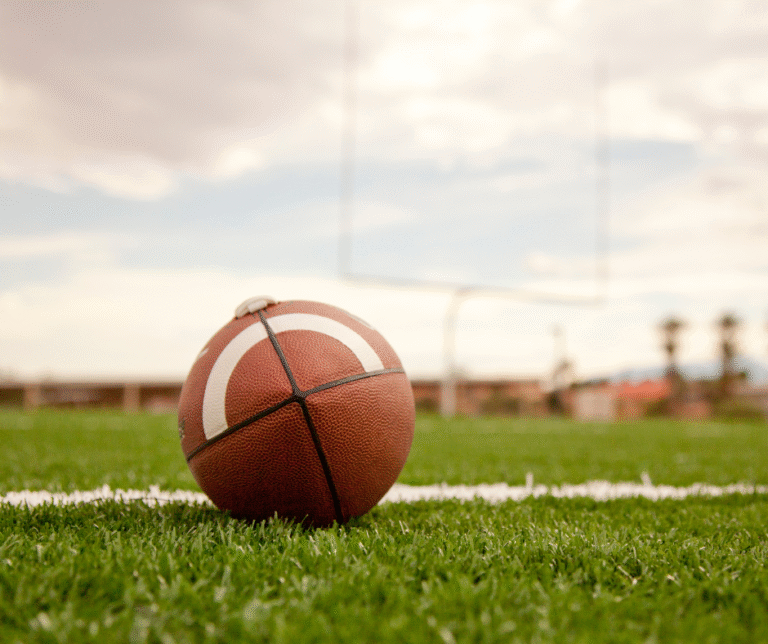5 Subtle Warning Signs of Peripheral Artery Disease

For Peripheral Artery Disease Awareness Month, we at Stavros O. Alexopoulos, DPM, are writing about the main signs and symptoms of this circulatory disease. But how is PAD relevant to your feet, you might ask? This disease affects the feet in many ways, from leg pain to odd sensations. Let’s explore these various warning signals below.
Leg Pain
One of the most classic symptoms of PAD is a cramping or tired feeling in your calves or feet that happens when you’re exercising. It occurs because the reduced blood flow to your leg muscles isn’t enough to provide them with the oxygen they need during activity.
People normally dismiss this pain because A) it usually goes away once you stop and rest, and B) it feels like a simple muscle cramp. People chalk it up to aging or being out of shape, not a circulatory problem.
Cool Feet and Skin Changes
Have you noticed that your feet are always cold, even when it’s not chilly outside? Or maybe one foot feels cooler to touch than the other? This could be a sign of poor circulation. When your arteries are narrowed, there isn’t enough blood flow to keep your feet warm.
You might also notice subtle changes in your skin, such as a pale, shiny, or bluish appearance, which is a sign that your feet aren’t getting the healthy blood they need.
Unusual Hair and Nail Growth
Your hair and nails are direct indicators of your body’s nutrient and oxygen supply. If you’re dealing with PAD, you might notice that the hair on your feet and lower legs begins to thin or fall out.
Your toenails might also be growing more slowly than usual, or becoming thickened and brittle. We podiatrists often pick up on these seemingly small details during an exam. These are the types of subtle clues to underlying circulatory issues.
Slow-Healing Wounds
A small cut, scrape, or even a blister that just will not heal is a major red flag. With healthy circulation, your body sends blood to a wound to help it close. But again, with a lack of blood flow, a non-healing wound makes sense.
This can start out as a minor issue, but it can quickly turn into a dangerous ulcer or infection.
Weak Pulses in Your Feet
Feeling the pulses in your feet is an important way to get a quick sense of your circulation, and it’s something your doctor or podiatrist checks for during an exam. A healthy pulse indicates that blood is flowing freely to your feet. A weak, faint, or absent pulse, however, is a key sign of reduced blood flow, which can be a warning sign of Peripheral Artery Disease.
For any questions about foot health and wellness, reach out to the tenured staff at My Chicago Foot Expert by calling (773) 561-8100 or by clicking here to schedule an appointment with Cook County podiatrist Stavros O. Alexopoulos, DPM, in our modern, comfortable Ravenswood office today.







